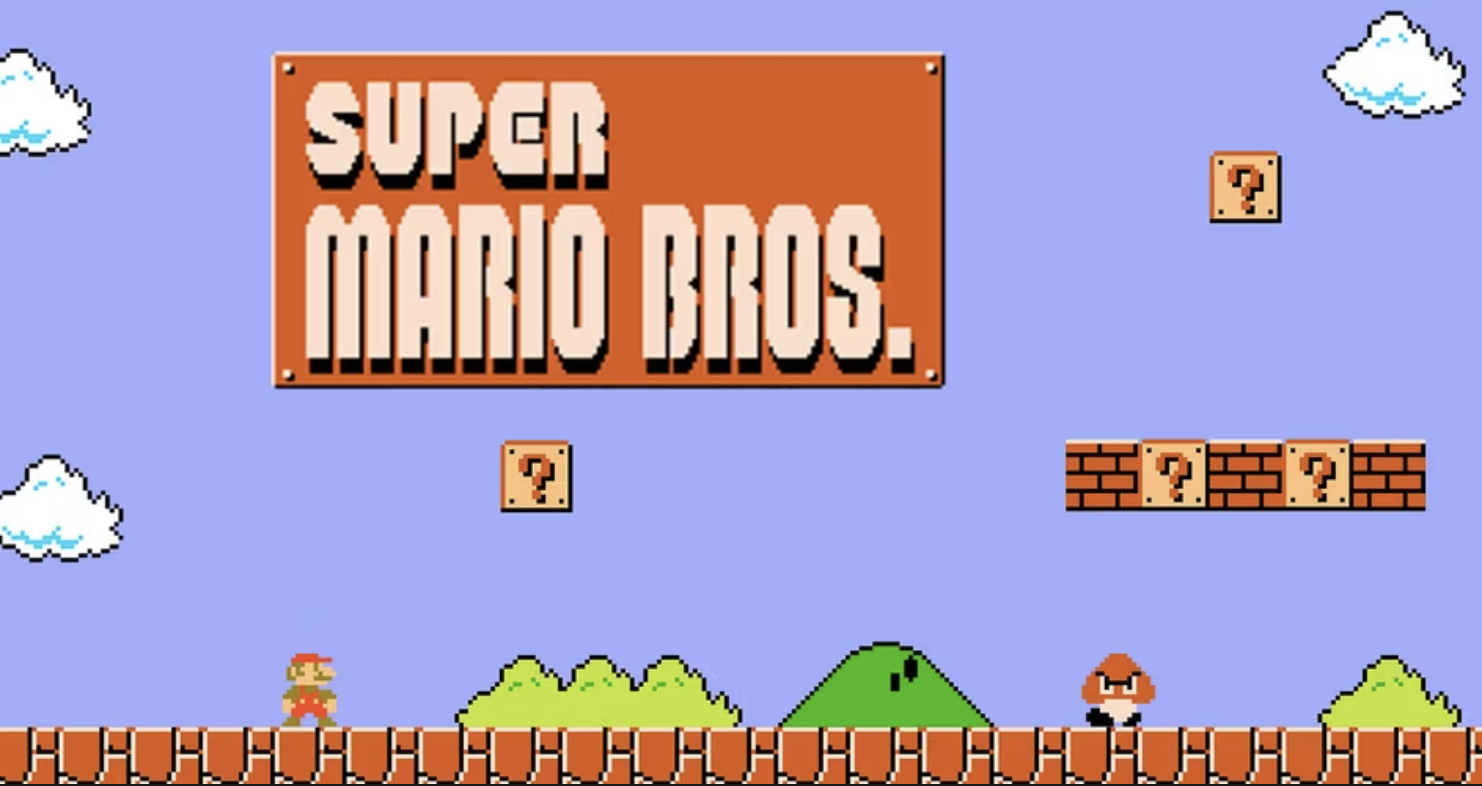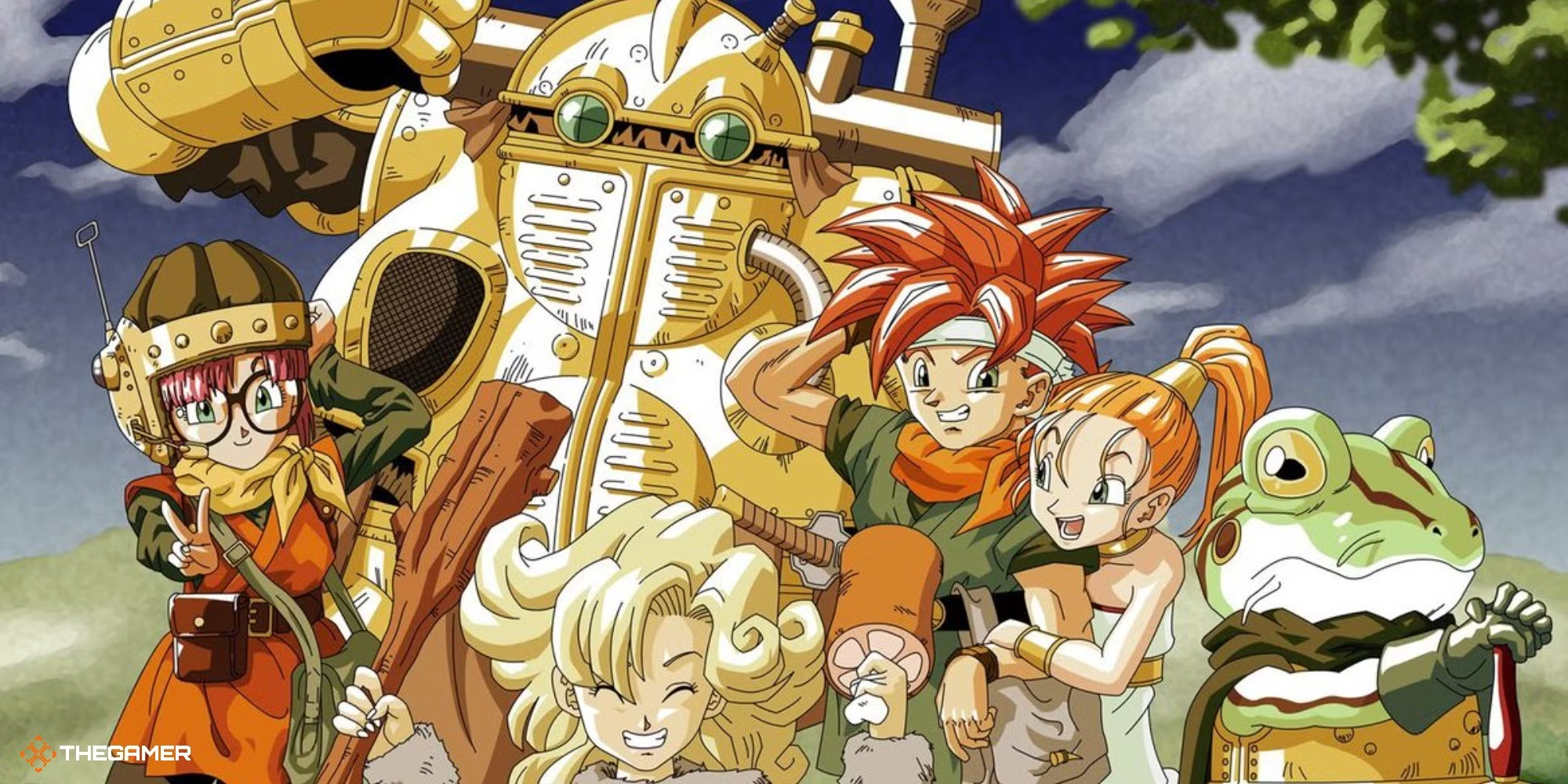reddeadplace – Since its debut in the early 1980s, Mario Bros has become one of the most recognizable and beloved video game franchises in history. Created by Nintendo, the series follows the adventures of Mario, an Italian plumber, and his brother Luigi as they navigate the whimsical yet treacherous Mushroom Kingdom. This article explores the origins, evolution, and cultural impact of the Mario franchise, highlighting why it remains a cornerstone of the gaming industry.
The Birth of a Legend
Mario made his first appearance in 1981 in the arcade game Donkey Kong, where players controlled Mario as he attempted to rescue a damsel in distress from the clutches of the titular ape. The character was initially known as “Jumpman,” but soon he was rebranded as Mario, named after Mario Segale, the landlord of the warehouse where Nintendo of America was based.
In 1983, the Mario Bros game was released, introducing cooperative gameplay for the first time. Players could control both Mario and Luigi, clearing levels by defeating creatures and earning points. The game set the stage for future adventures, laying the groundwork for the platforming genre.
The Super Mario Revolution
The franchise truly exploded in popularity with the release of Super Mario Bros for the NES in 1985. This game revolutionized the gaming landscape with its side-scrolling mechanics, inventive level design, and iconic power-ups like the Super Mushroom and Fire Flower. Players navigated through vibrant worlds filled with challenging enemies, secret areas, and memorable boss battles against Bowser, the series’ primary antagonist.
Super Mario Bros became a cultural phenomenon, selling over 40 million copies and helping to revive the video game industry after the crash of 1983. Its success marked the beginning of a franchise that would expand into numerous sequels, spin-offs, and adaptations across various platforms.
Evolution Through the Decades
The Mario franchise has continued to evolve, embracing new technologies and gameplay styles. Notable titles include:
- Super Mario 64 (1996): This groundbreaking 3D platformer introduced players to an open-world design, allowing for exploration and creativity in gameplay.
- Super Mario Galaxy (2007): With innovative gravity mechanics and stunning visuals, this game pushed the boundaries of what a platformer could be.
- Super Mario Odyssey (2017): This title returned to the franchise’s exploratory roots, offering players a vast, interconnected world to traverse with new gameplay mechanics like capturing enemies with Mario’s sentient hat, Cappy.
Each iteration has built upon the last, showcasing Nintendo’s commitment to innovation while retaining the charm and accessibility that have defined the series.
Cultural Impact and Legacy
Mario’s influence extends beyond gaming. He has become a cultural icon, representing not just Nintendo but the video game industry as a whole. Mario’s recognizable design, catchy music, and engaging gameplay have made him a household name. The franchise has spawned animated series, merchandise, and even a feature film.
Moreover, Mario’s inclusive design has allowed players of all ages and skill levels to enjoy the games. The cooperative gameplay in titles like New Super Mario Bros. U has fostered a sense of camaraderie among friends and families, reinforcing the social aspect of gaming.
Conclusion
The Mario franchise is more than just a series of video games; it is a testament to the creativity and innovation that can be found in the gaming industry. From its humble beginnings in arcades to becoming a global phenomenon, Mario Bros has captured the hearts of millions. As new generations of gamers continue to embark on adventures in the Mushroom Kingdom, the legacy of Mario and his brother Luigi remains as strong as ever, promising more exciting escapades in the future.






